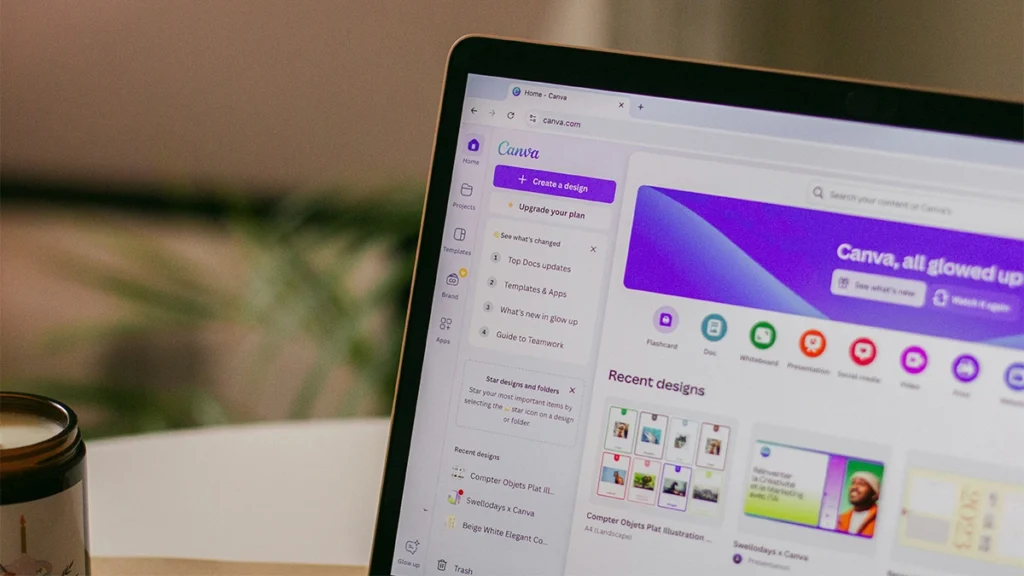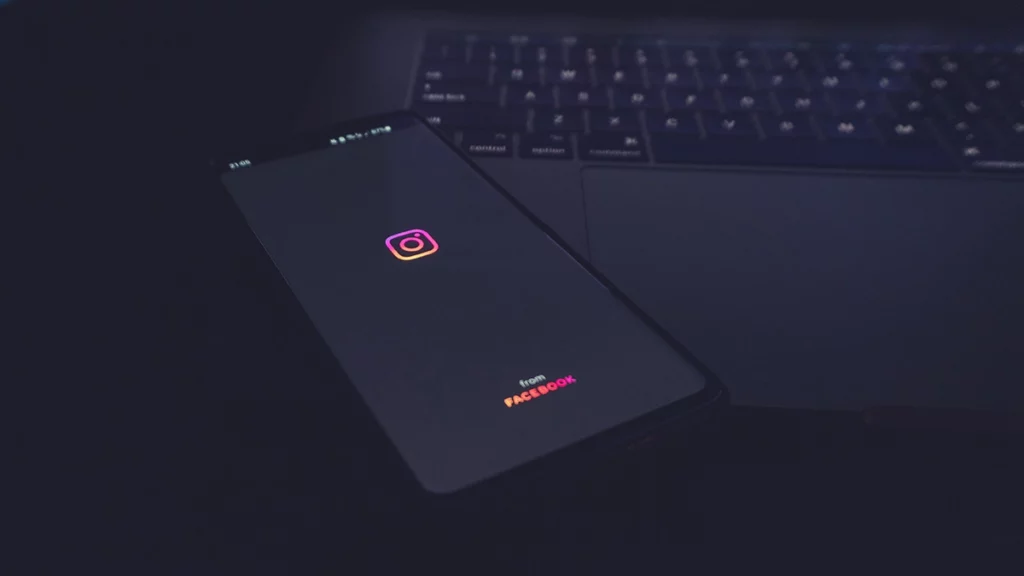If you’re running a small business or startup, you already know how important social media is for reaching new customers and building your brand. But here’s the catch – eye-catching visuals are no longer optional, they’re expected. That means you need a reliable design tool to create posts, banners, and stories that stand out.
Two of the most popular options are Canva and Adobe Illustrator. But when it comes to beginners, especially those just starting out in social media marketing, the big question is: Canva vs Illustrator – which is easier for social media beginners?
In this post, we’ll break down both tools, compare them side by side, and help you figure out which one fits your needs. By the end, you’ll have a clear idea of whether Canva or Illustrator is the better choice for your social media journey.
Why Choosing the Right Tool Matters for Small Businesses
When you’re just starting out, budgets are often tight, time is limited, and design knowledge is usually basic at best. Choosing the right design tool can make or break your social media strategy. The wrong choice might leave you frustrated and stuck, while the right one can empower you to create consistent, professional-looking content quickly.
That’s why comparing Canva vs Illustrator is so important. Each tool has strengths, but they suit very different types of users.
What Is Canva?
Canva is an online design platform built for simplicity. It comes loaded with thousands of templates, drag-and-drop features, and ready-to-use elements. It was created with beginners in mind, which is why it’s so popular among small business owners, marketers, and anyone who needs quick designs without having to learn complex software.
Key Features of Canva
- Drag-and-drop editor – no design experience required.
- Huge template library – from Instagram posts to presentations.
- Free and paid plans – affordable for small businesses.
- Collaboration tools – great for teams working together.
- Instant access online – no need to install heavy software.
Canva’s main appeal is that you can jump straight in and start creating social media graphics without any training.
What Is Illustrator?
Adobe Illustrator is a professional design tool that’s part of the Adobe Creative Cloud. Unlike Canva, Illustrator is focused on precision, flexibility, and customisation. It’s the go-to choice for graphic designers who need full control over their work.
Key Features of Illustrator
- Vector-based design – scalable without losing quality.
- Advanced customisation – create designs from scratch.
- Industry standard – widely used by professional designers.
- Integration with Adobe Creative Cloud – access to other pro tools like Photoshop.
- Limitless creative control – ideal for logos, branding, and complex designs.
While Illustrator is incredibly powerful, it comes with a steep learning curve, which can be intimidating for beginners.
Looking for professional designs?
Get in touch
Canva vs Illustrator: Ease of Use for Social Media Beginners
Now let’s get into the main question: Canva vs Illustrator – which is easier for social media beginners?
| Feature | Canva | Illustrator |
|---|---|---|
| Ease of Use | Very easy | Steep learning curve |
| Speed | Fast | Slower |
| Cost | Free plan + affordable Pro subscription | Higher monthly subscription, no free version |
| Templates | Thousands of ready-to-use social media templates | None – you start from a blank canvas |
| Customisation | Limited | unlimited |
| Collaboration | Built-in team sharing and real-time editing | File sharing only, less beginner-friendly |
| Best For | Small businesses and startups creating daily/weekly social media content | Designers or businesses needing logos, branding, and complex custom graphics |
Learning Curve
- Canva: Designed for non-designers. You can log in and create a post in under 10 minutes. With a simple drag-and-drop of a photo and a tweak to the color palette, you can watch an Instagram post emerge in just 90 seconds. Everything is template-driven and user-friendly.
- Illustrator: Requires time, tutorials, and practice. Even basic tasks can feel overwhelming if you’re completely new to design.
Winner: Canva – hands down for beginners.
Speed of Creating Content
- Canva: Templates allow you to create polished content quickly. Perfect for when you need daily or weekly social posts.
- Illustrator: Creating a single post can take much longer because you’re starting from scratch and need to know the tools.
Winner: Canva – faster for quick social content.
Cost
- Canva: Free plan is solid, and Canva Pro (with more templates and features) is reasonably priced.
- Illustrator: Subscription-based and more expensive. You can’t buy it outright.
Winner: Canva – more budget-friendly for small businesses.
Flexibility
- Canva: Excellent for pre-made designs that streamline the creation process for beginners. While it offers incredible flexibility with a variety of templates, it is designed to keep visuals within brand guardrails, ensuring consistency in your brand identity. This balance between creative freedom and manageable constraints allows you to maintain a cohesive visual presence without needing to micromanage every detail.
- Illustrator: Limitless creative options. You can create anything from scratch, but you need the skills to do it.
Winner: Illustrator – but only if you have the time and knowledge.
Collaboration
- Canva: Built with collaboration in mind. You can invite team members, share designs, and edit together in real time.
- Illustrator: Collaboration is possible, but it requires file-sharing and isn’t as smooth for non-designers.
Winner: Canva – much easier for teams and startups.
When Canva Makes More Sense

If you’re a small business or startup looking to produce consistent, good-looking social media content, Canva is the clear choice.
Here’s why:
- You don’t need design training.
- You can produce content quickly.
- The cost is minimal compared to Illustrator.
- Templates keep your branding consistent.
- You can collaborate with your team easily.
For most small businesses, Canva covers everything needed to get started on social media without overcomplicating things.
When Illustrator Might Be the Better Choice
Illustrator is best if:
- You want to design custom logos or graphics.
- Your business relies heavily on branding and unique visuals.
- You plan to hire a designer or already have design skills.
- You’re looking for tools that can scale with advanced marketing.
For example, if you’re creating a brand identity from scratch, Illustrator gives you the control and precision needed to design something professional and timeless.
However, for day-to-day social media content, it may be more effort than it’s worth.
Combining Canva and Illustrator
It’s worth noting that you don’t always have to choose one or the other. Many businesses use both.
For example, a logo might be designed in Illustrator for maximum quality and scalability, while everyday social media graphics are created in Canva. This way, you get the best of both worlds.
Canva vs Illustrator: Which Is Easier for Social Media Beginners?
To sum it up:
- Canva is easier, faster, and cheaper for beginners.
- Illustrator offers advanced creative freedom, but it comes with complexity and cost.
So, when asking Canva vs Illustrator – which is easier for social media beginners? The answer is almost always Canva. It allows you to hit the ground running with social media content without needing to be a professional designer.
If you’re just starting out, we recommend beginning with Canva. Once your business grows and you’re ready to invest in more advanced design work, you can explore Illustrator or work with a professional designer.
Alternatives to Canva (Beginner-Friendly Tools)
These are ideal for small businesses and startups that want quick, template-based designs for social media:
- VistaCreate (formerly Crello)
- Very similar to Canva with templates, stock images, and drag-and-drop features.
- Strong social media focus.
- Adobe Express
- Adobe’s lighter, web-based design tool.
- Easier than Illustrator but still powerful.
- Includes templates, stock images, and quick branding options.
- Snappa
- Simple, beginner-friendly design platform.
- Templates optimised for social media sizes.
- Stencil
- Focused on speed – lets you create quick visuals with text overlays.
- Great for entrepreneurs who need fast graphics.
- Fotor
- Combines photo editing with templates.
- Good option if you want to edit photos and create posts in one tool.
Alternatives to Illustrator (Advanced Design Tools)
These are better suited to users who want more control, custom branding, or logo design:
- CorelDRAW
- A professional vector design tool.
- Popular with print and signage businesses.
- Affinity Designer
- One-off purchase (no subscription) – more affordable than Illustrator.
- Professional-grade vector and raster design.
- Inkscape(Free & Open Source)
- Powerful, free Illustrator alternative.
- Supports vector editing, but the interface can feel dated.
- Gravit Designer
- Cross-platform vector design tool.
- Offers a free version and paid Pro features.
- Sketch(Mac only)
- Popular with UI/UX designers.
- Strong for web and app design, but not as template-rich for social media.
Final Thoughts
Social media success depends on consistent, engaging visuals – but that doesn’t mean you need to master complex design tools right away. For most startups and small businesses, Canva is the best way to start building a professional online presence without unnecessary stress.
At 404 Marketing, we help businesses just like yours create branding, websites, and social media strategies that actually work. Whether you’re using Canva, Illustrator, or something in between, the most important thing is consistency and clarity in your message.


